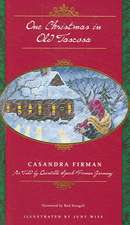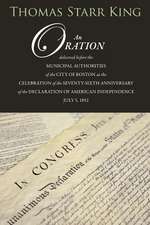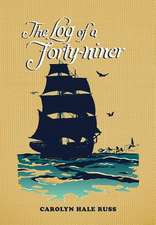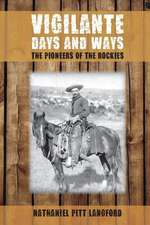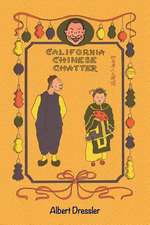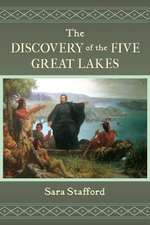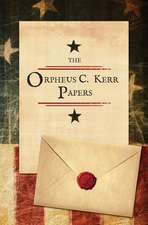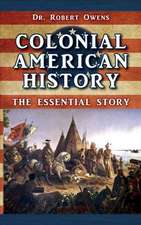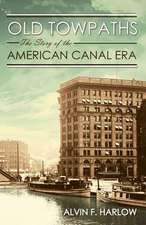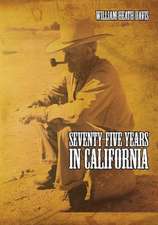6666: Portrait of a Texas Ranch
Fotograf Wyman Meinzer Autor Henry Chappell Cuvânt înainte de Red Steagall Cuvânt după de Mike Gibsonen Limba Engleză Hardback – 14 oct 2004 – vârsta ani
The Four Sixes is not a relic, showpiece, or preserve. It’s a working cattle ranch, some 290,000 acres of West Texas prairie carefully used. Here, men still earn their livelihoods on horseback, not out of blind adherence to tradition, but out of necessity. Since Samuel “Burk” Burnett began buying rangeland in King County in the 1890s, his cowhands have relied on methods developed by early vaqueros and refined on the great trail drives. In managing cattle, these methods are still the most efficient and humane. Spurs, broad-brimmed hats, and scuffed and patched boots are not fashion statements but essentials—as are loyalty, toughness, and resourcefulness, traits still common to those doing dangerous work in remote country.Perhaps, though, the Four Sixes’ greatest legacy is the land itself. Across four generations, foremen have striven to nurture and restore, to leave a healthy range. That stewardship has produced some of the richest, most ecologically diverse grassland found on the Southern Plains today.Meinzer and Chappell’s defining study of the Sixes’ heart, soul, and heritage illuminates and spellbinds, teasing out a continuum that reaches out to and claims us all with rich lessons in give and take, need and nurture, enterprise and farsightedness.
Preț: 323.99 lei
Nou
Puncte Express: 486
Preț estimativ în valută:
61.99€ • 64.90$ • 51.30£
61.99€ • 64.90$ • 51.30£
Carte disponibilă
Livrare economică 15-29 martie
Preluare comenzi: 021 569.72.76
Specificații
ISBN-13: 9780896725362
ISBN-10: 0896725367
Pagini: 178
Dimensiuni: 305 x 305 x 23 mm
Greutate: 1.88 kg
Ediția:1
Editura: Texas Tech University Press
Colecția Texas Tech University Press
ISBN-10: 0896725367
Pagini: 178
Dimensiuni: 305 x 305 x 23 mm
Greutate: 1.88 kg
Ediția:1
Editura: Texas Tech University Press
Colecția Texas Tech University Press
Descriere
The Four Sixes is not a relic, showpiece, or preserve. It’s a working cattle ranch, some 290,000 acres of West Texas prairie carefully used. Here, men still earn their livelihoods on horseback, not out of blind adherence to tradition, but out of necessity. Since Samuel “Burk” Burnett began buying rangeland in King County in the 1890s, his cowhands have relied on methods developed by early vaqueros and refined on the great trail drives. In managing cattle, these methods are still the most efficient and humane. Spurs, broad-brimmed hats, and scuffed and patched boots are not fashion statements but essentials—as are loyalty, toughness, and resourcefulness, traits still common to those doing dangerous work in remote country.Perhaps, though, the Four Sixes’ greatest legacy is the land itself. Across four generations, foremen have striven to nurture and restore, to leave a healthy range. That stewardship has produced some of the richest, most ecologically diverse grassland found on the Southern Plains today.Meinzer and Chappell’s defining study of the Sixes’ heart, soul, and heritage illuminates and spellbinds, teasing out a continuum that reaches out to and claims us all with rich lessons in give and take, need and nurture, enterprise and farsightedness.

